Horse show entry and office fees, transportation and travel expenses, tack and equipment costs, training fees, and grooming and braiding charges can be enough to make many an adult amateur – no matter the discipline – contemplate a second job or a steady diet of ramen noodles to offset expenses.
Fortunately, while the entirely inexpensive horse show may remain elusive, there are ways to greatly reduce your expenses and make horse showing more affordable.
Here are six tips that could help you decrease your costs this show season!
1) Identify your goals.
Before heading to a horse show, think realistically about you and your horse’s level of competitiveness and what you hope to accomplish throughout the show season.
If your aim is to use horse shows simply as a way to test all that you have been practicing at home, to enjoy the competition with your horse, or to gain experience or exposure, unrecognized or schooling horse shows could be a great cost saver. These shows generally have much less expensive entry and office fees, paid memberships to governing organizations such as US Equestrian or the U.S. Hunter Jumper Association (USHJA) are typically not required, and US Equestrian fees are not imposed.
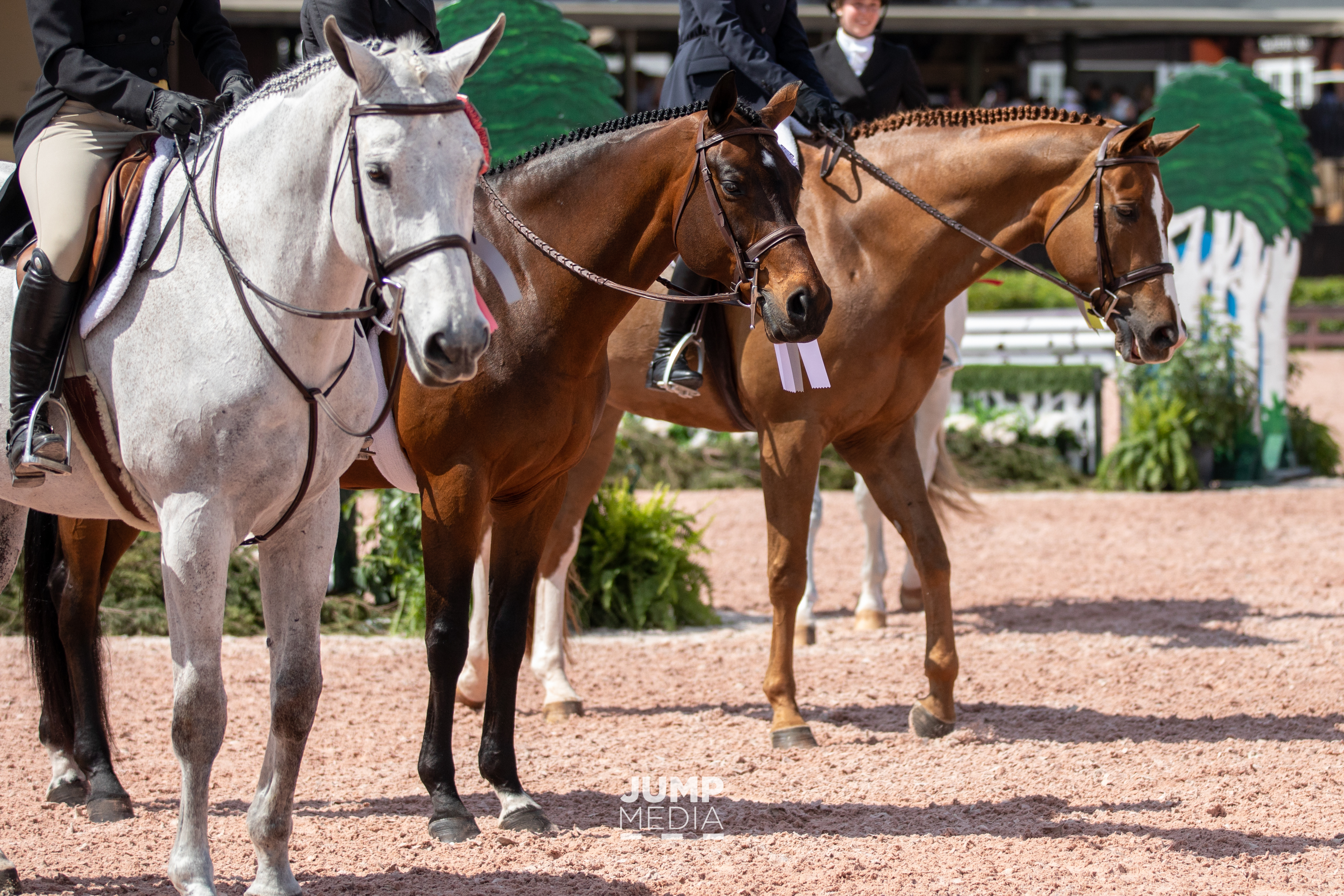
If your aim is to earn rated points, awards, or titles or to qualify for prestigious year-end finals and championships, you can still be smart and save money when it comes to selecting which horse shows you attend. Consider your travel expenses and what is realistic for you. While that beautiful horse show in Kentucky might look fun, perhaps the one of equal rating and just an hour drive from your home in Pennsylvania could be far more affordable for you and offer you the same opportunity to accrue points.
By identifying your goals in advance and selecting horse shows that fit those goals, you could save a great deal of money!
2) Submit your entries on time – or even well in advance.
Many horse shows penalize riders with an added fee for entering a horse show beyond a set entry date, while some others even offer reduced rates for early entries. Submitting your entries on time or in advance is a simple way to save money.
3) Be well organized and prepared for horse show day.
No one wants to have to purchase new gloves or spurs at a horse show when they know that they have perfectly good ones sitting at home, and having to purchase any tack or equipment at the horse show can be a good way to quickly exceed your budget! Instead, get organized and ensure that nothing is forgotten.
Make a thorough packing check list (fun fact: you can do this within BarnManager!). Be sure to include any items that you might need at a horse show that you might not typically use at home like ear plugs, Show Sheen or other show grooming products, rain gear just in case, and yarn or rubber bands.
Review your packing list a few days in advance of the show to make sure that you have everything that you need and that everything is in good repair. You don’t want to be left scrambling to get to the tack shop the night before the show!
As you’re packing and getting organized, it’s also wise to clearly label all of your belongings. That way, nothing gets inadvertently put in someone else’s tack trunk at the show or left behind at the ring with no identifier.
4) BYOS – Bring Your Own Stuff.
Much like it’s cheaper to ensure that you have all of your tack and equipment with you rather than purchasing anything new at the show, it’s also cheaper to “bring your own stuff.” That could include packing your own shavings to avoid paying more for them at the horse shows and bringing your own snacks and lunches to avoid paying expensive food vendors. If you’re going with a group from your barn, consider working together to organize who can bring food items to share.
5) Learn to groom and band or braid for yourself – or have friends and family help.
Whether your show requires that your horse’s mane be banded, braided in hunter style, or put into button braids, learning to do it yourself can save a ton of money – especially if you are horse showing frequently!
You can find numerous great tutorials on YouTube and on equestrian websites to help get you started on learning to braid or band before getting into the barn to practice. If you get good enough at mane or tail braiding, and if time at horse shows allows, you could even braid or band for others at the show to help you recoup your horse show costs.
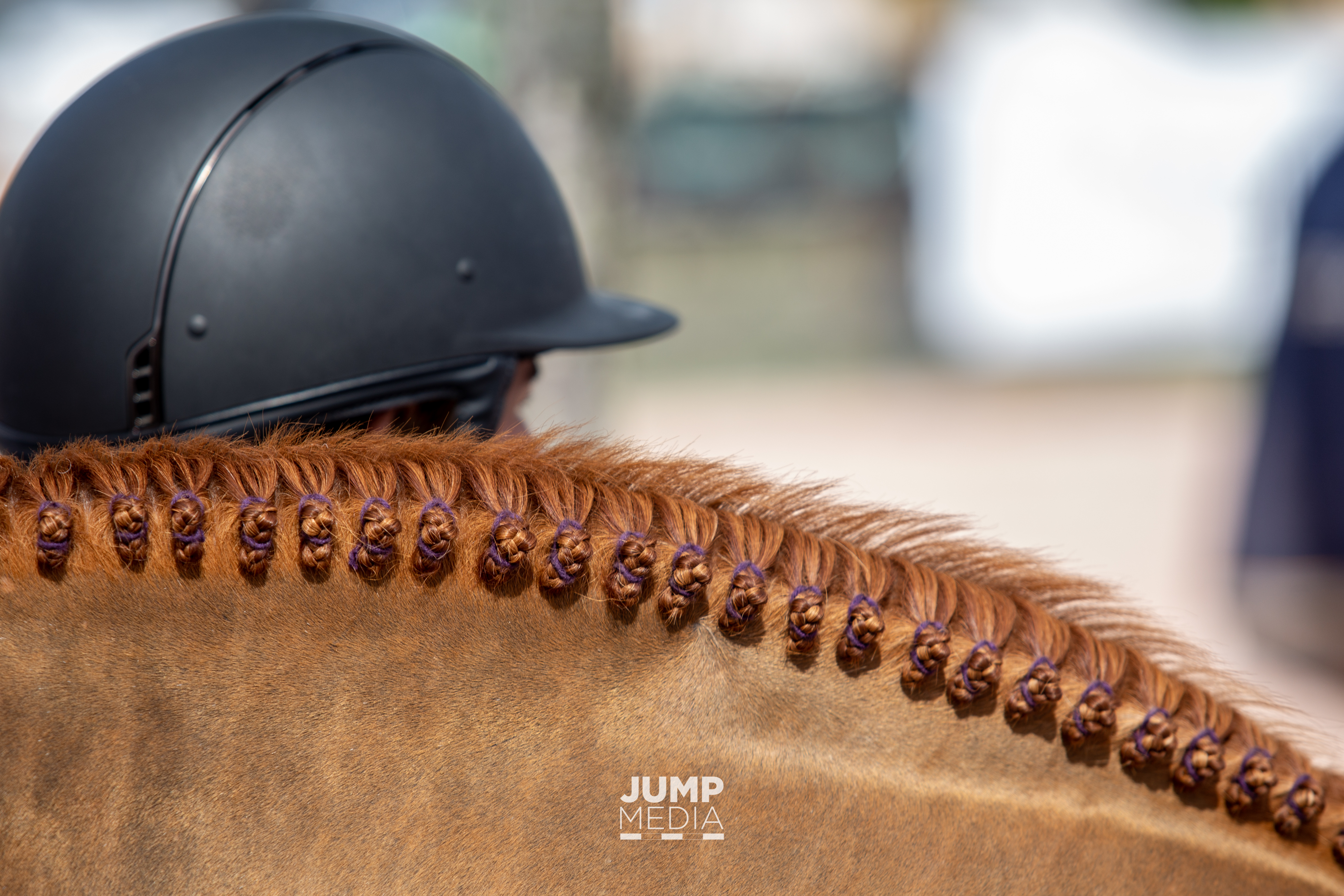
Similarly, if you are able to groom, tack up, and care for your horse and your stall area yourself at the show – while still having the energy and focus needed to ride well – doing so is a great way to cut costs.
If you are fortunate enough to have friends, family members, or a significant other willing to help you out, don’t be afraid to take them up on the offer! Having an extra hand to hold your horse or an extra body to run back to the stalls for that forgotten item can go a long way and can help eliminate grooming costs.
6) Take good care of your belongings.
At the end of the horse show, again consult your packing list, this time to ensure that nothing gets left behind. It’s easy to head home from the horse show with a crop, glove, or girth missing from your tack trunk; ensuring that you have everything is an easy way to avoid having to purchase the item again.
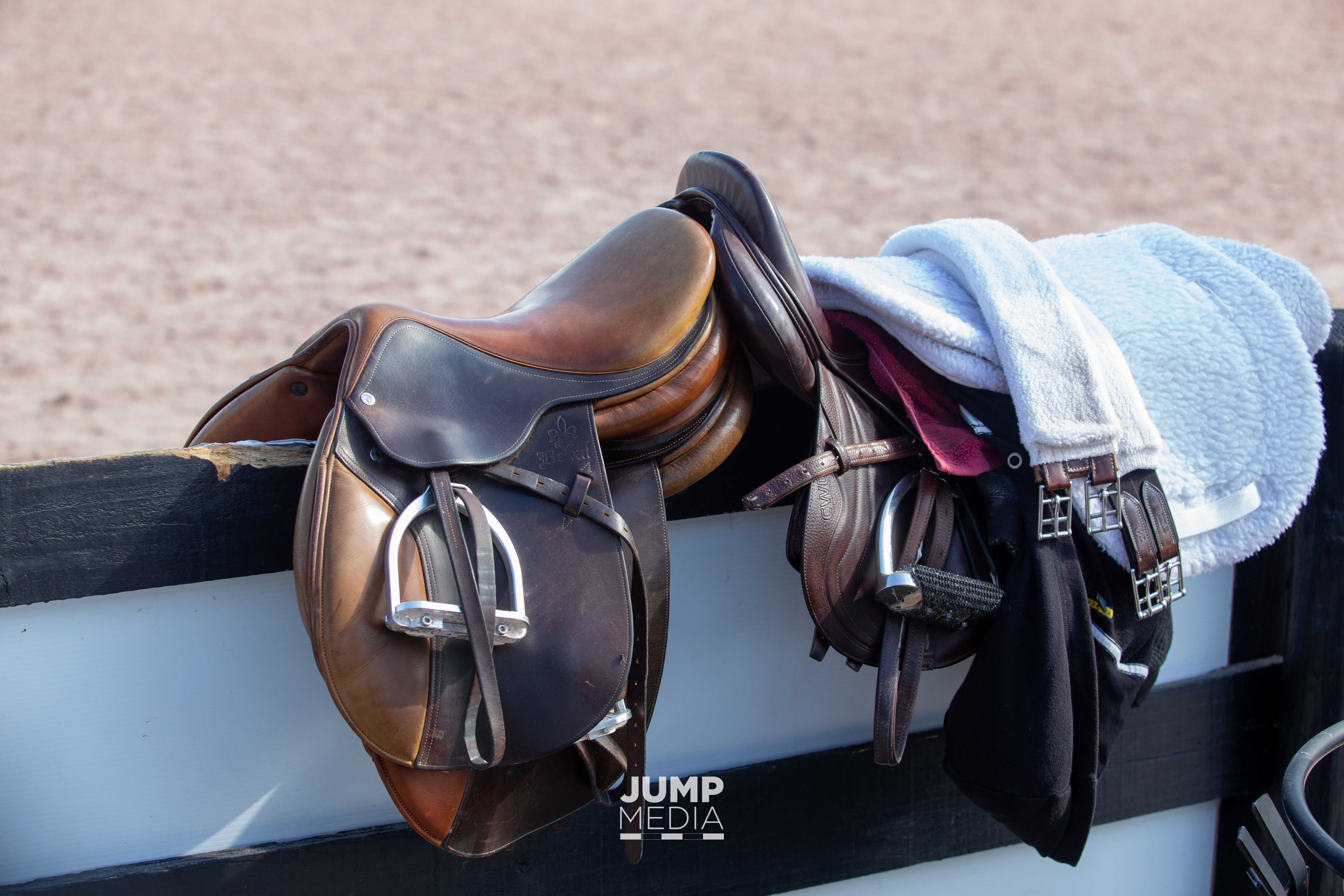
While cleaning and organizing may be the last thing that you want to do when you get home from a horse show, it’s important to take good care of your belongings to prolong their lifespan and avoid having to spend money on new tack or clothing. Try to hang up your show clothes as soon as possible instead of leaving them crumpled in a bag or in the back of your car. (If you take good enough care of your show coat, you may even be able to avoid a dry-cleaning bill until after the next show!) Clean all of your tack and equipment as soon as possible after the show, and re-organize your belongings to keep everything ready to go for next time!
What are your horse show cost-reducing tricks!? We want to hear from you in the comments below!
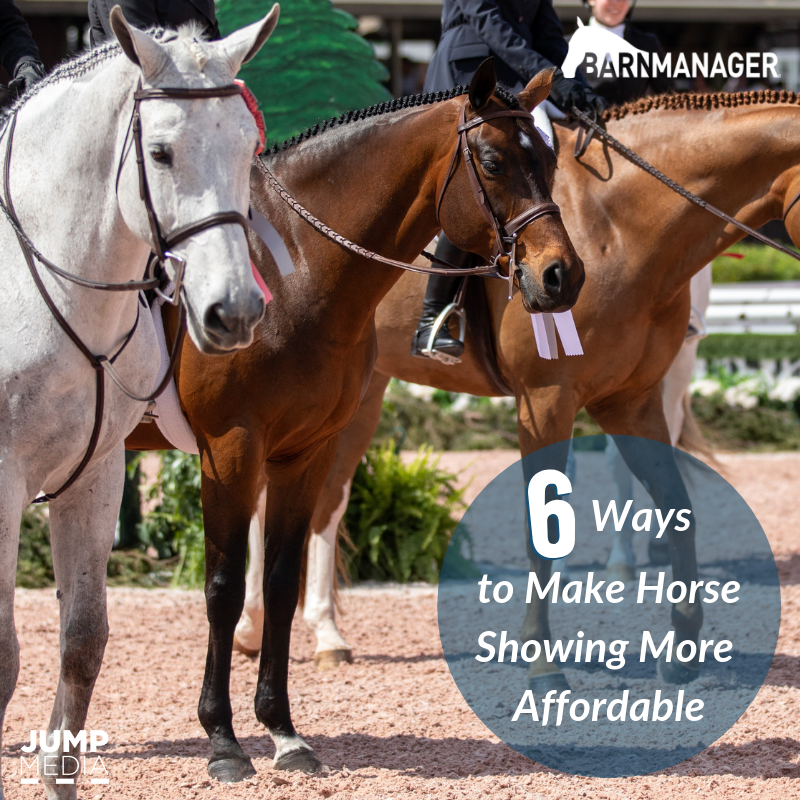
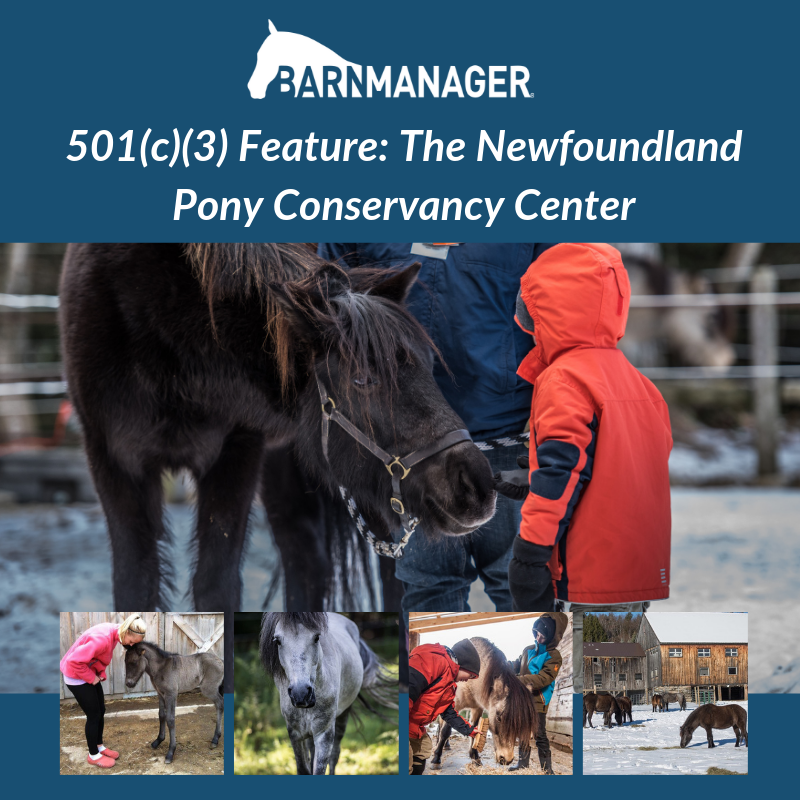
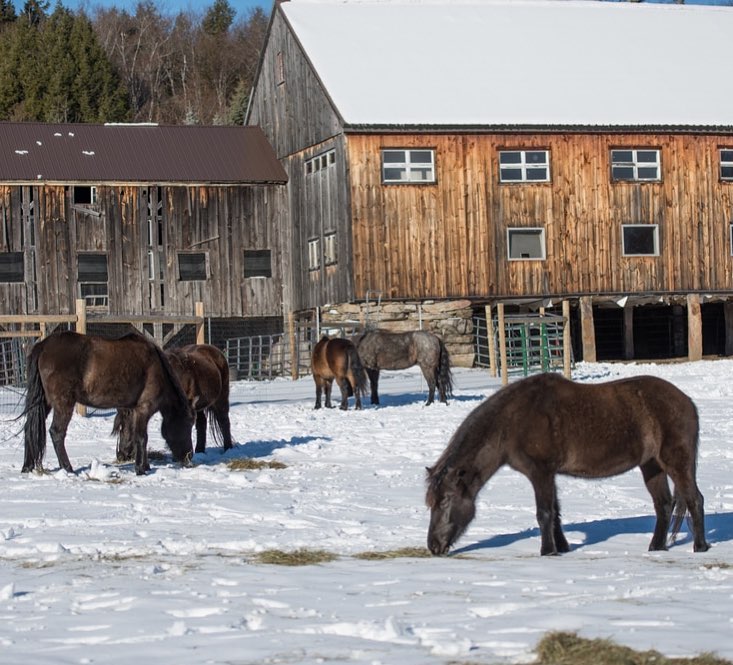
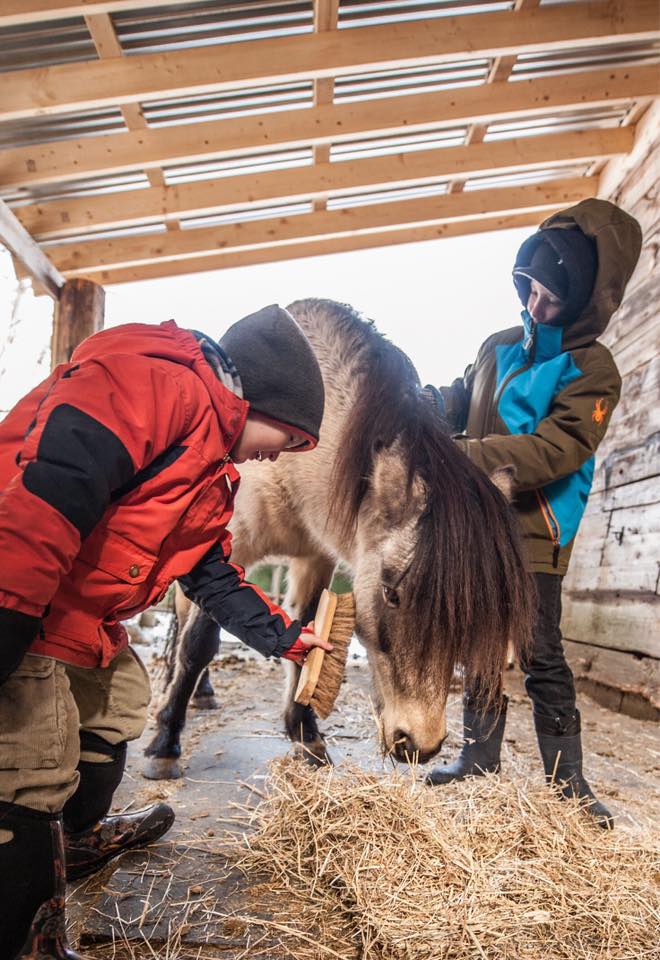
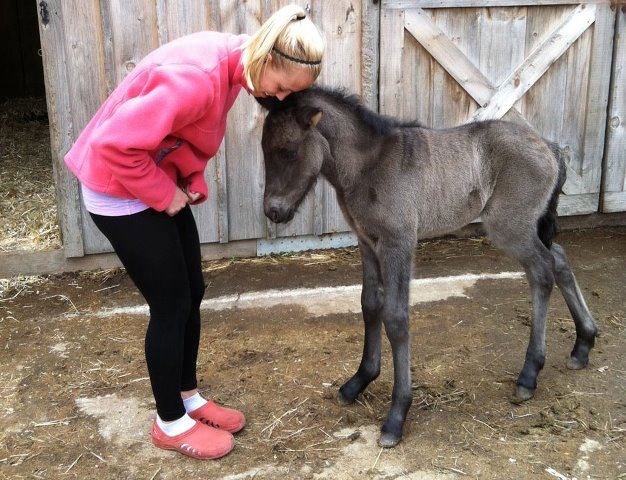
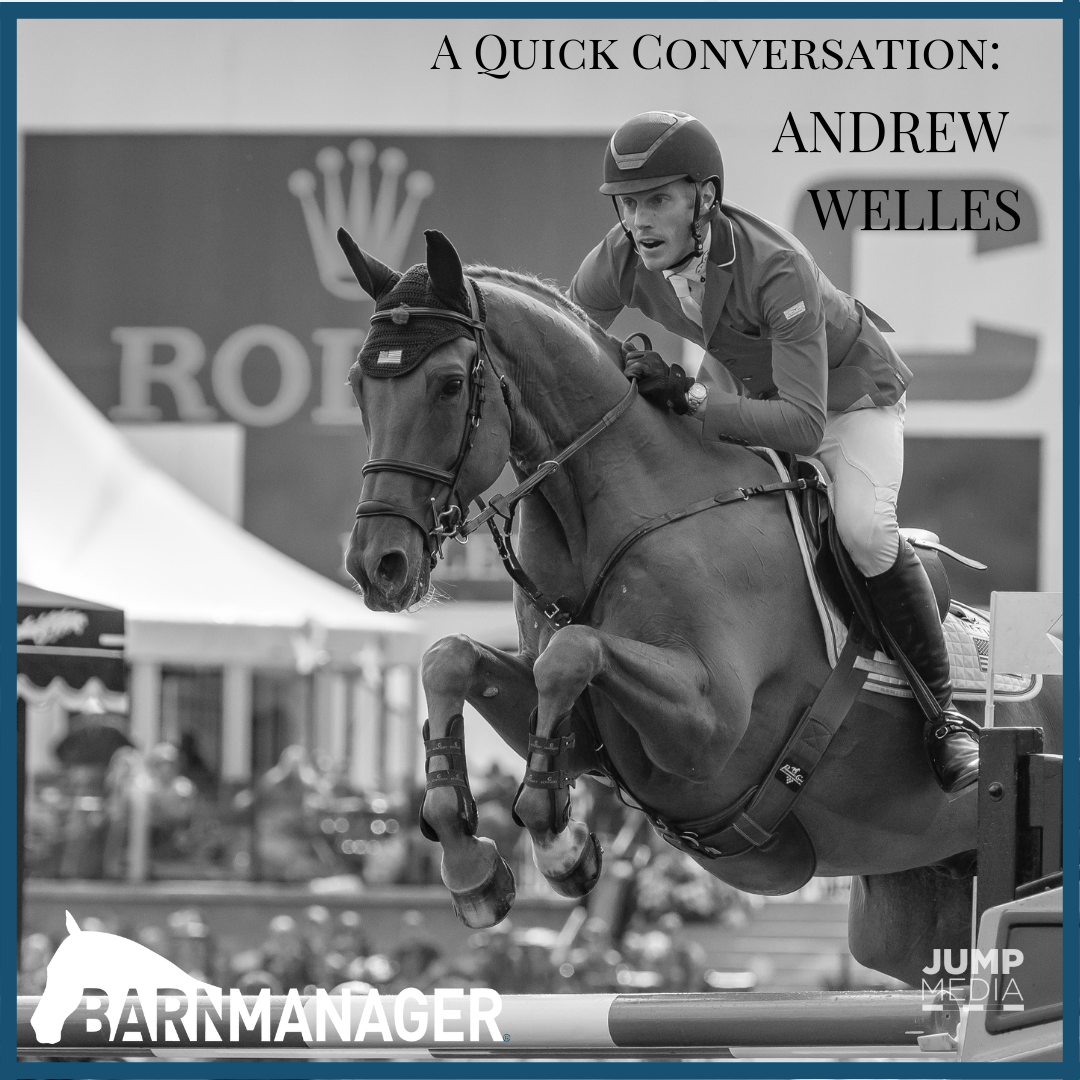
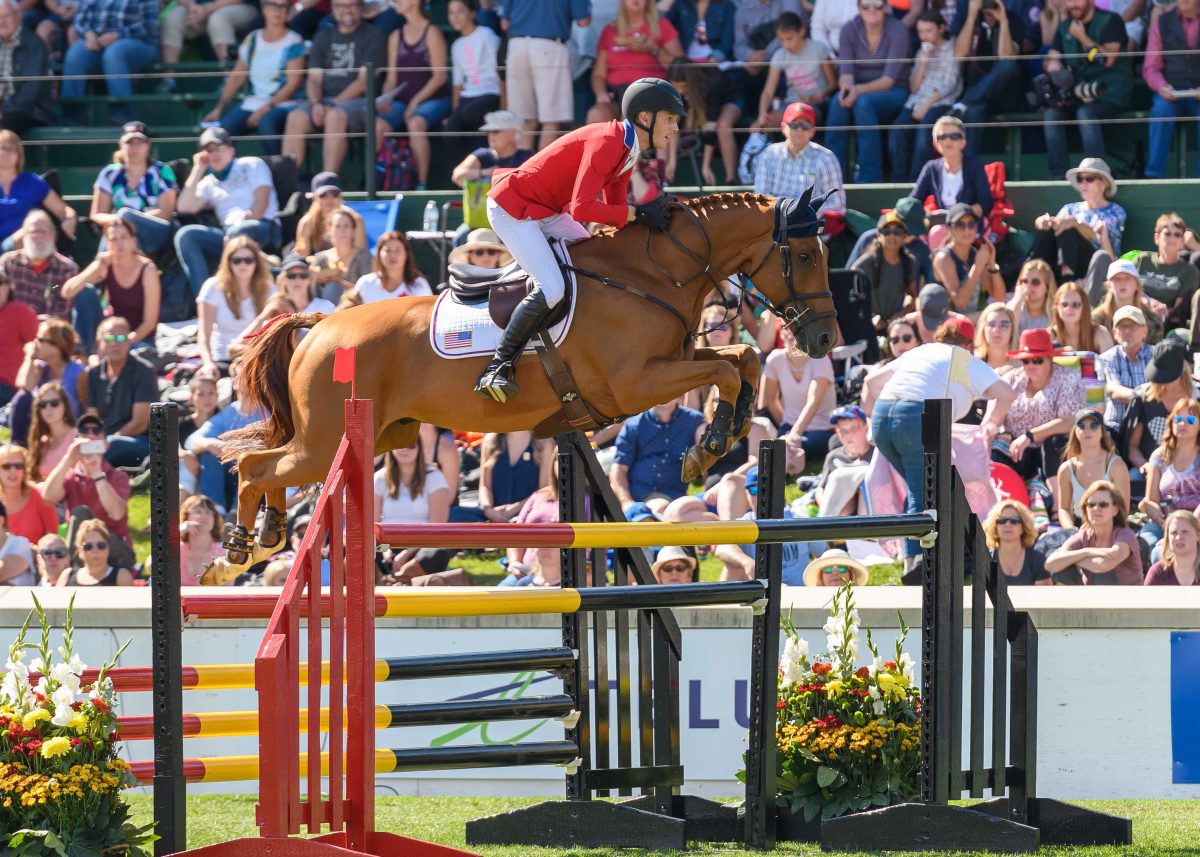
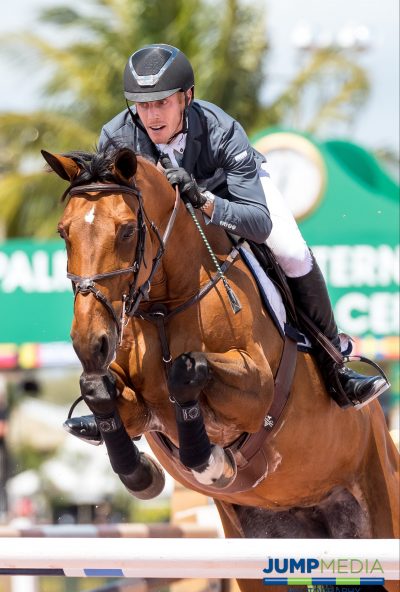
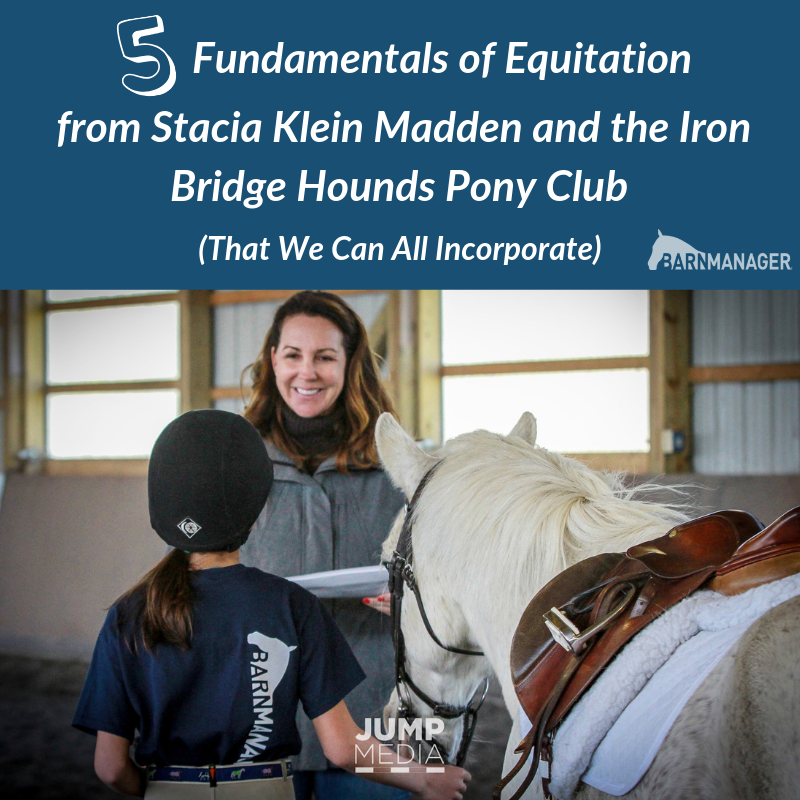
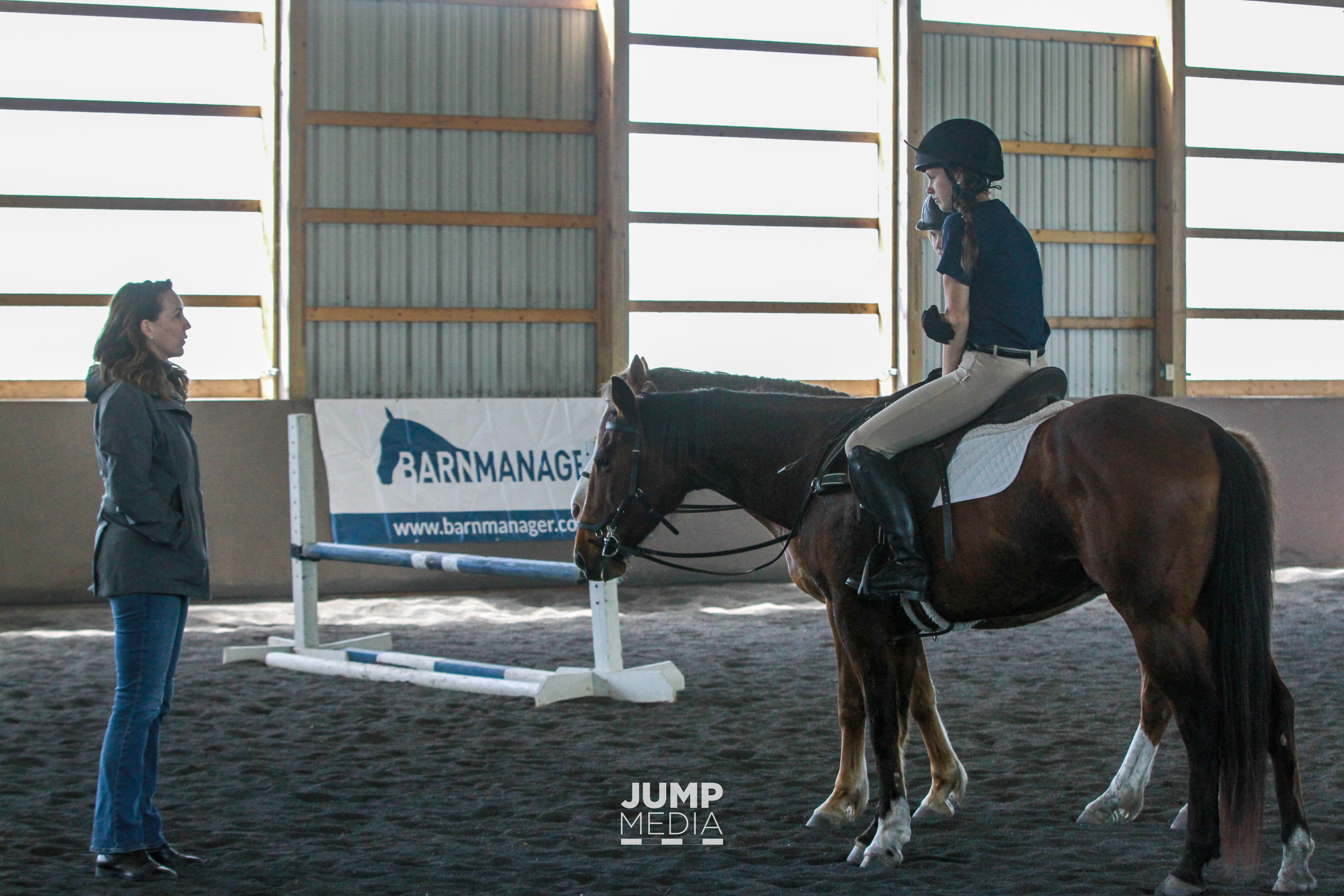
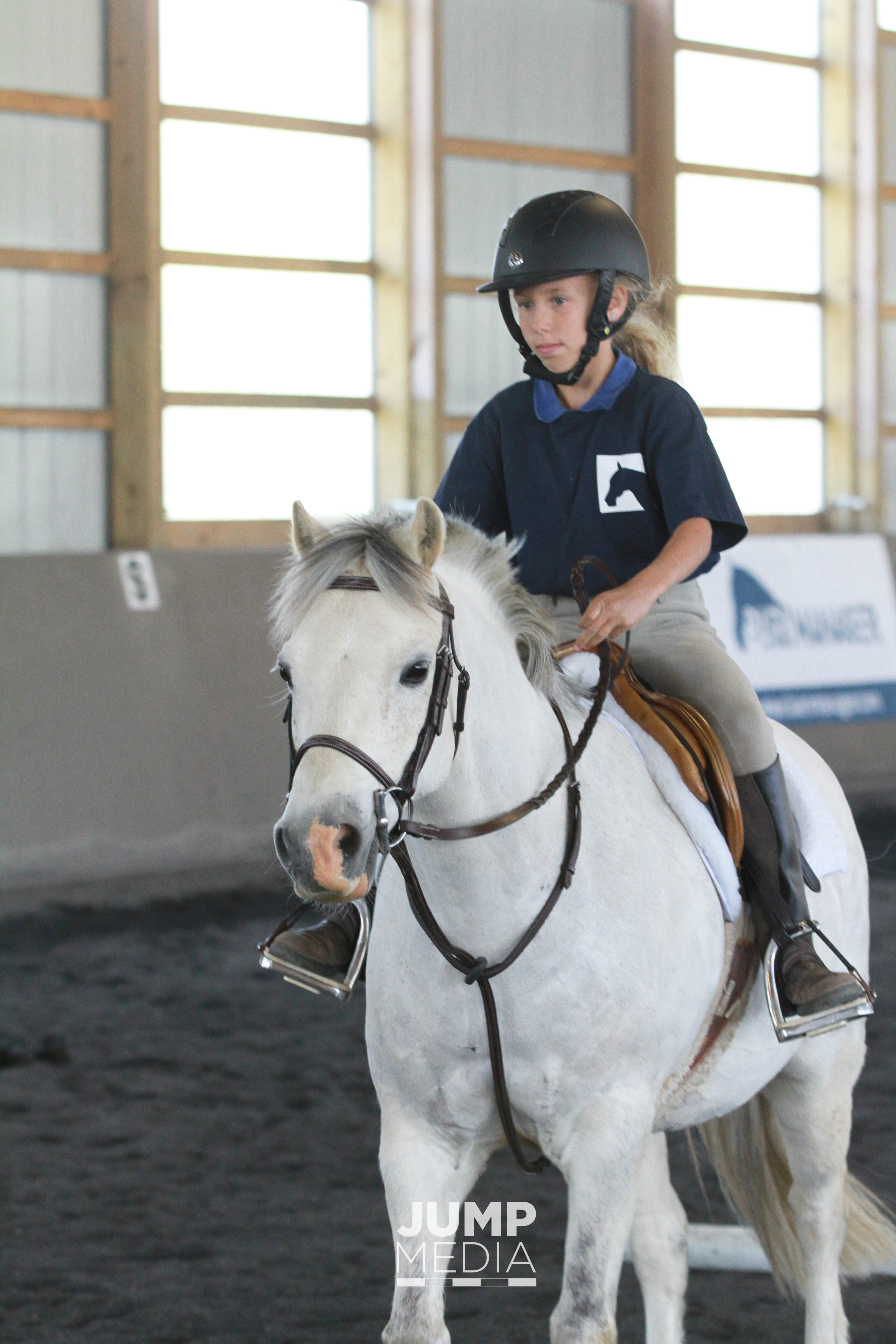
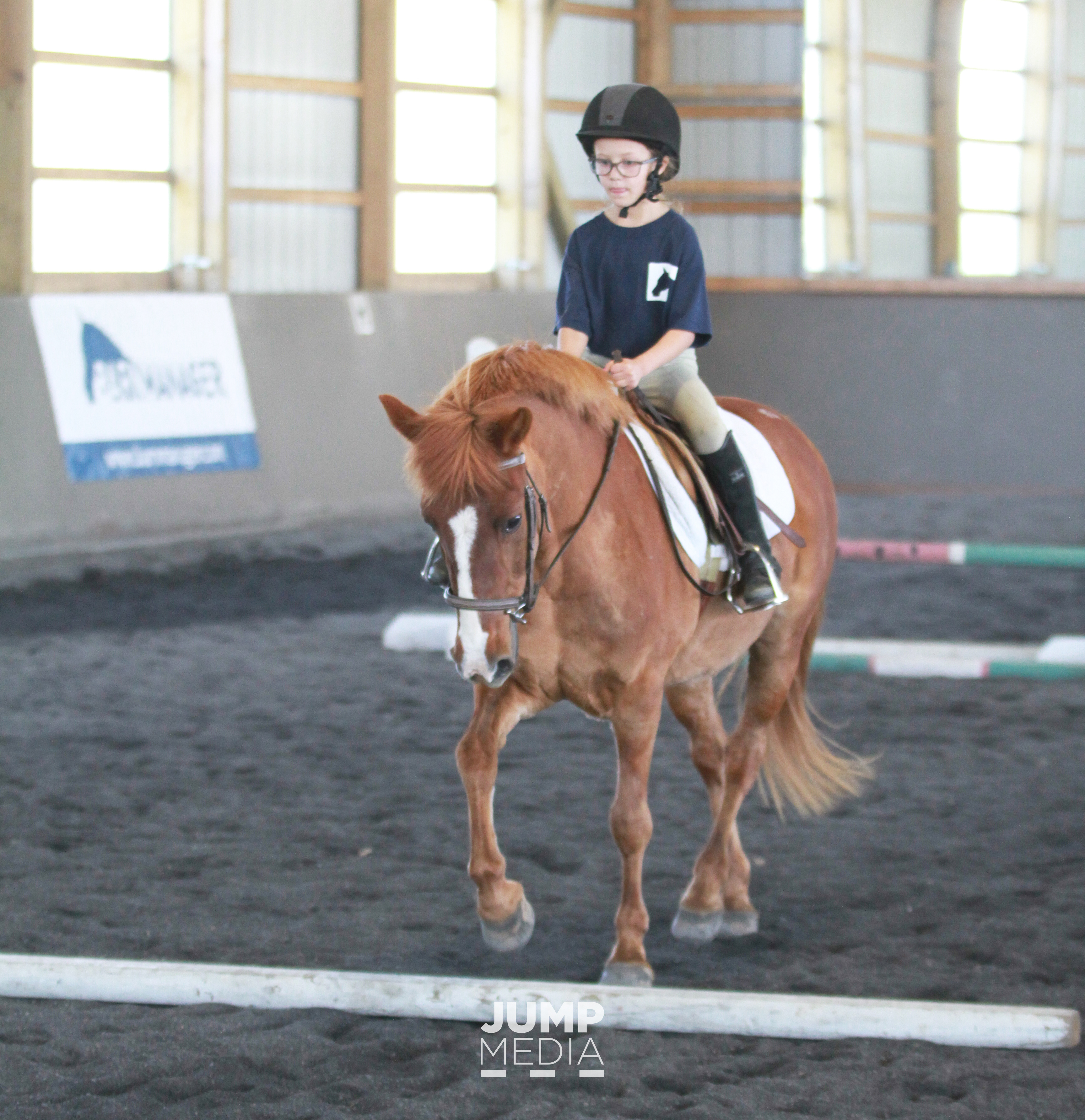 Madden incorporated rails on the ground before jumping for each one of the groups. “You can get a lot done with rails on the ground. You want your horse to have a long, healthy career,” she said.
Madden incorporated rails on the ground before jumping for each one of the groups. “You can get a lot done with rails on the ground. You want your horse to have a long, healthy career,” she said.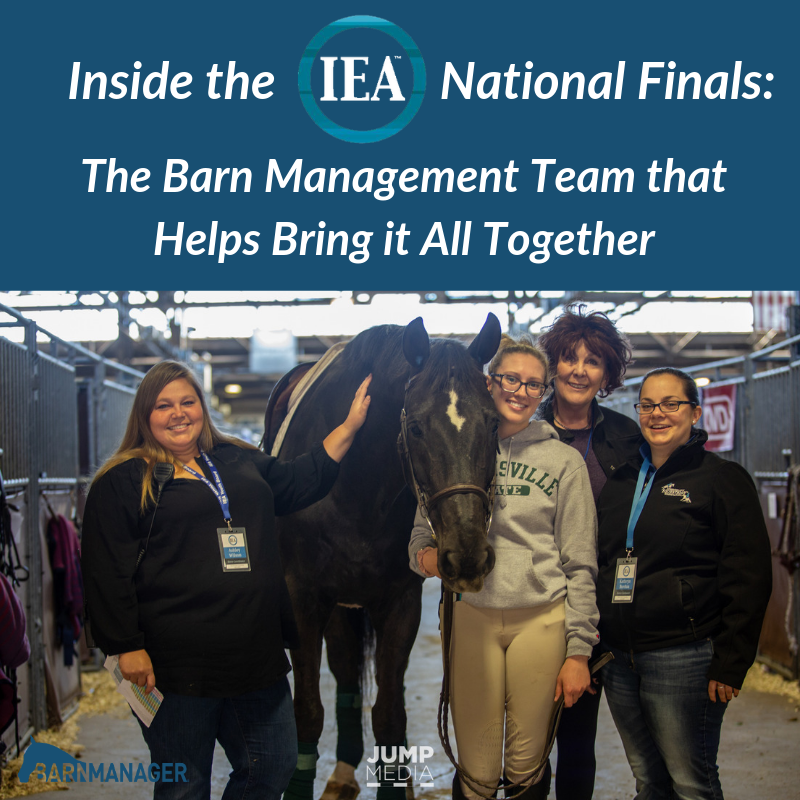
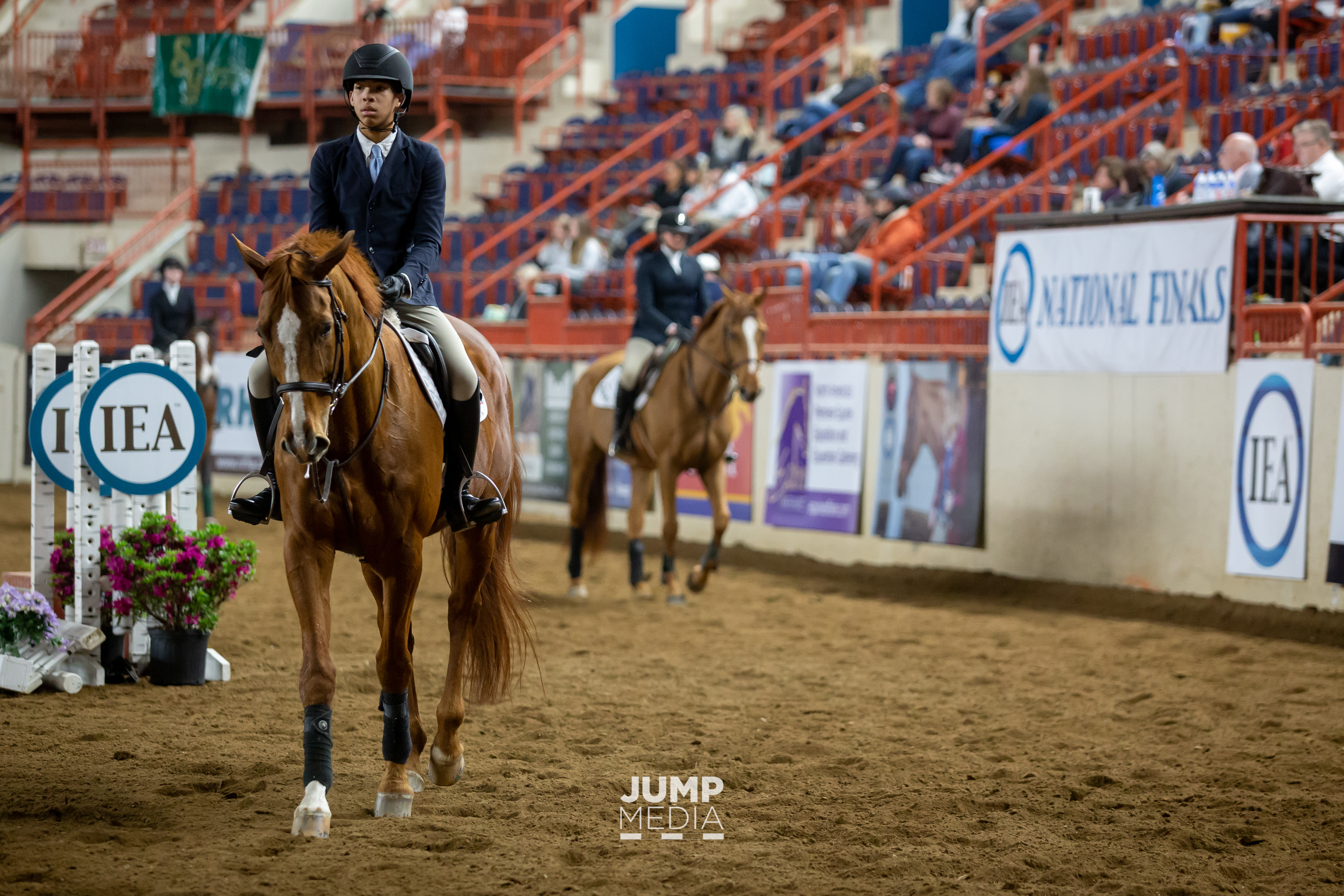
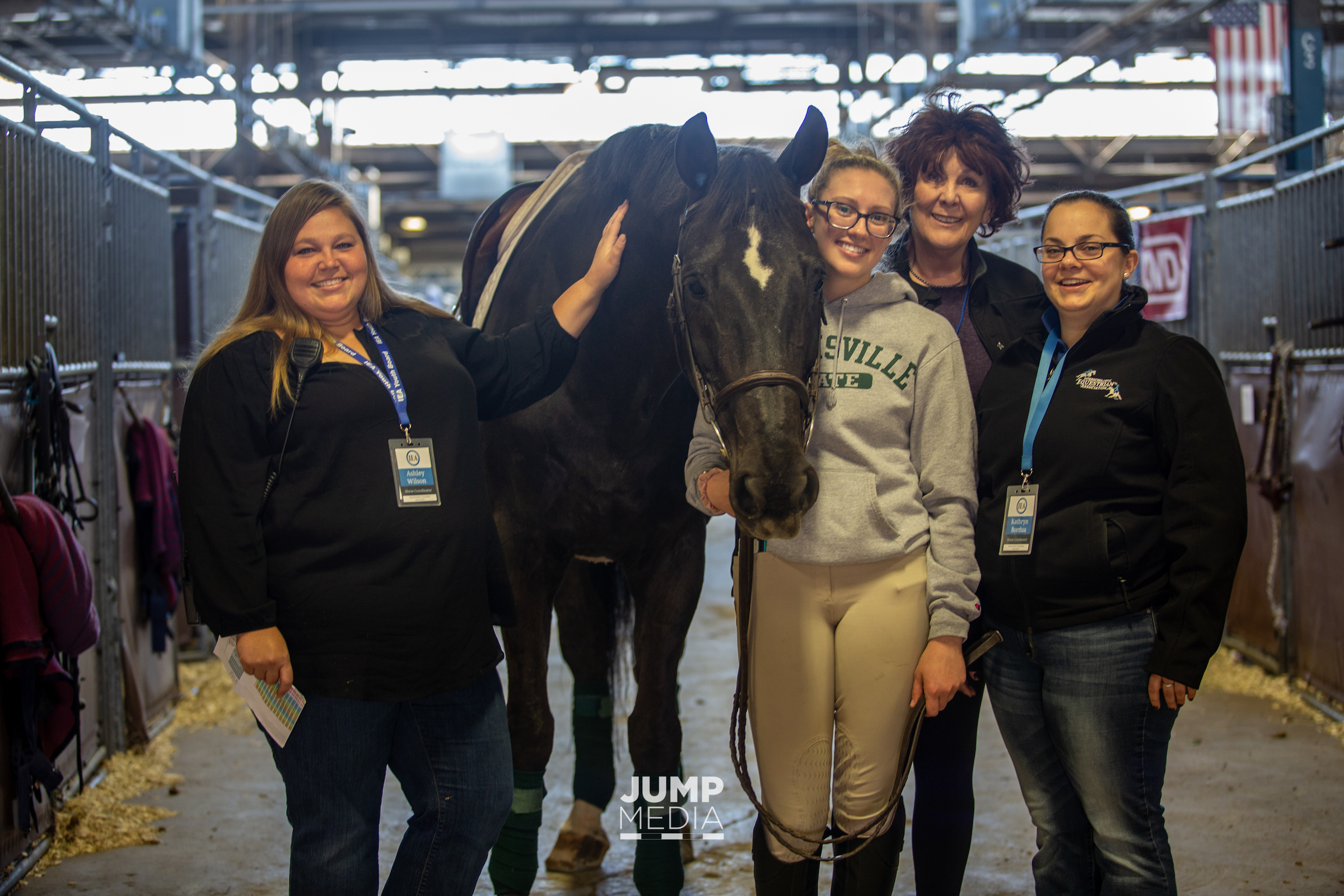
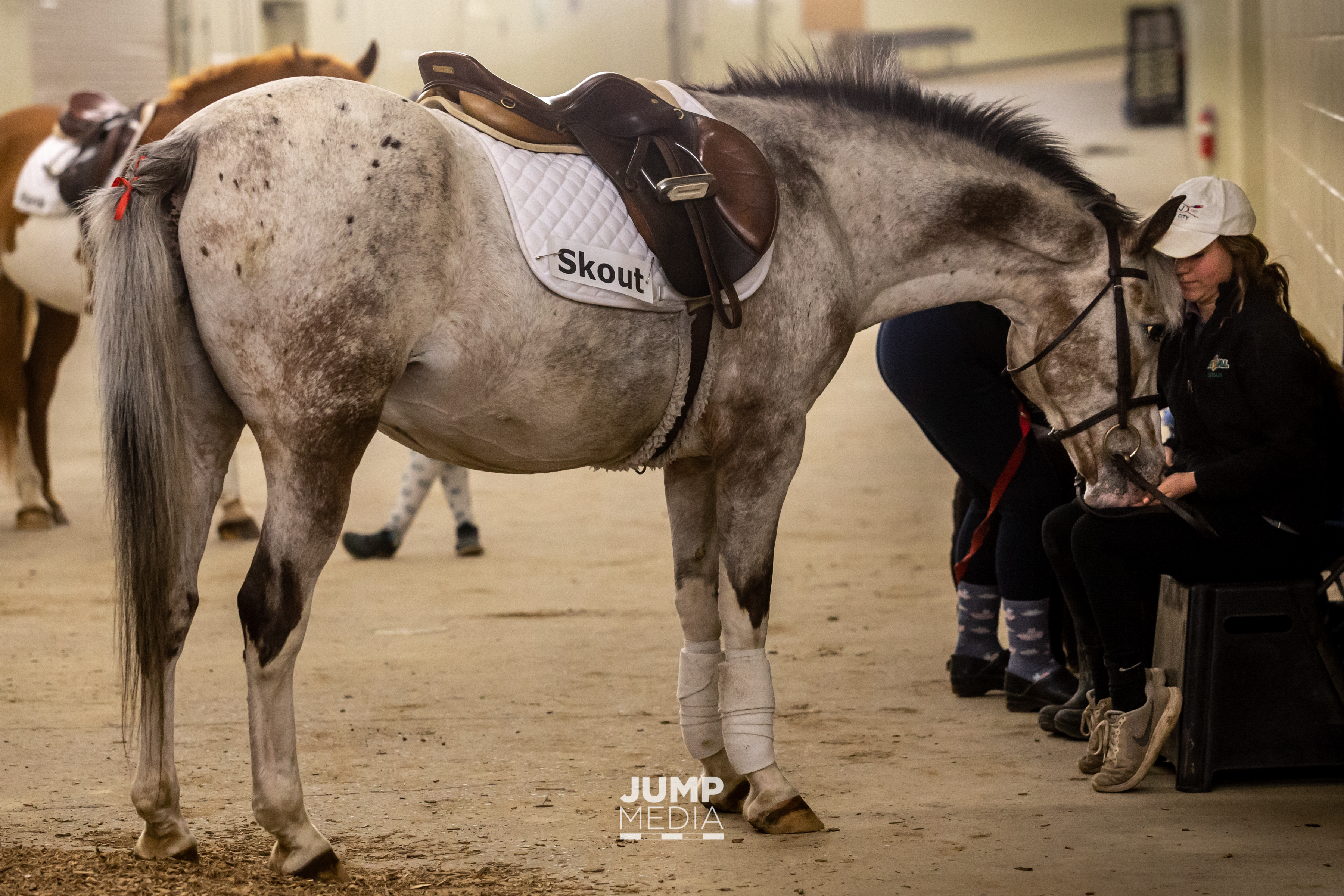
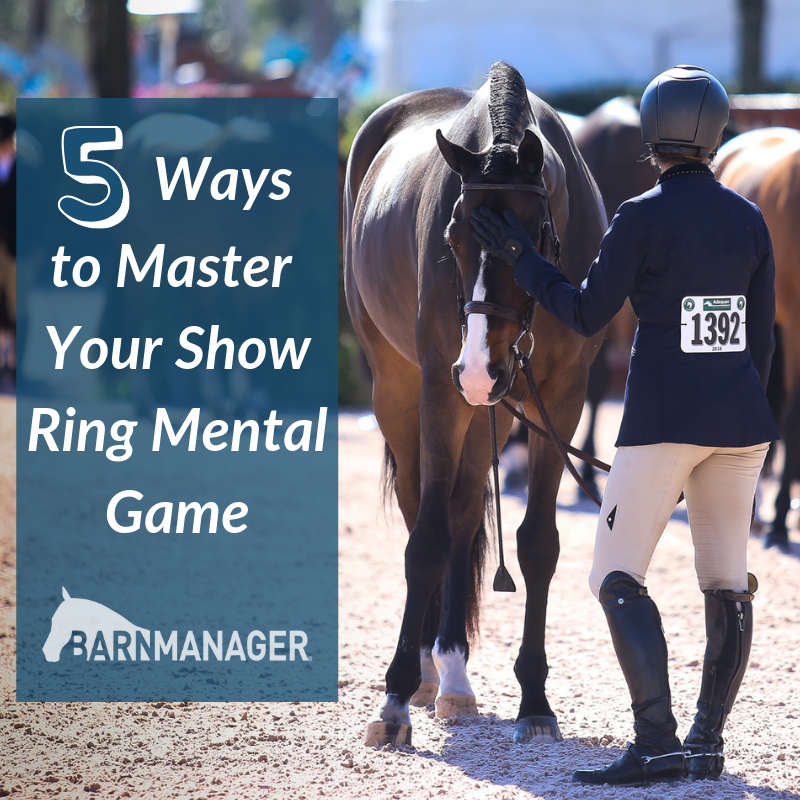
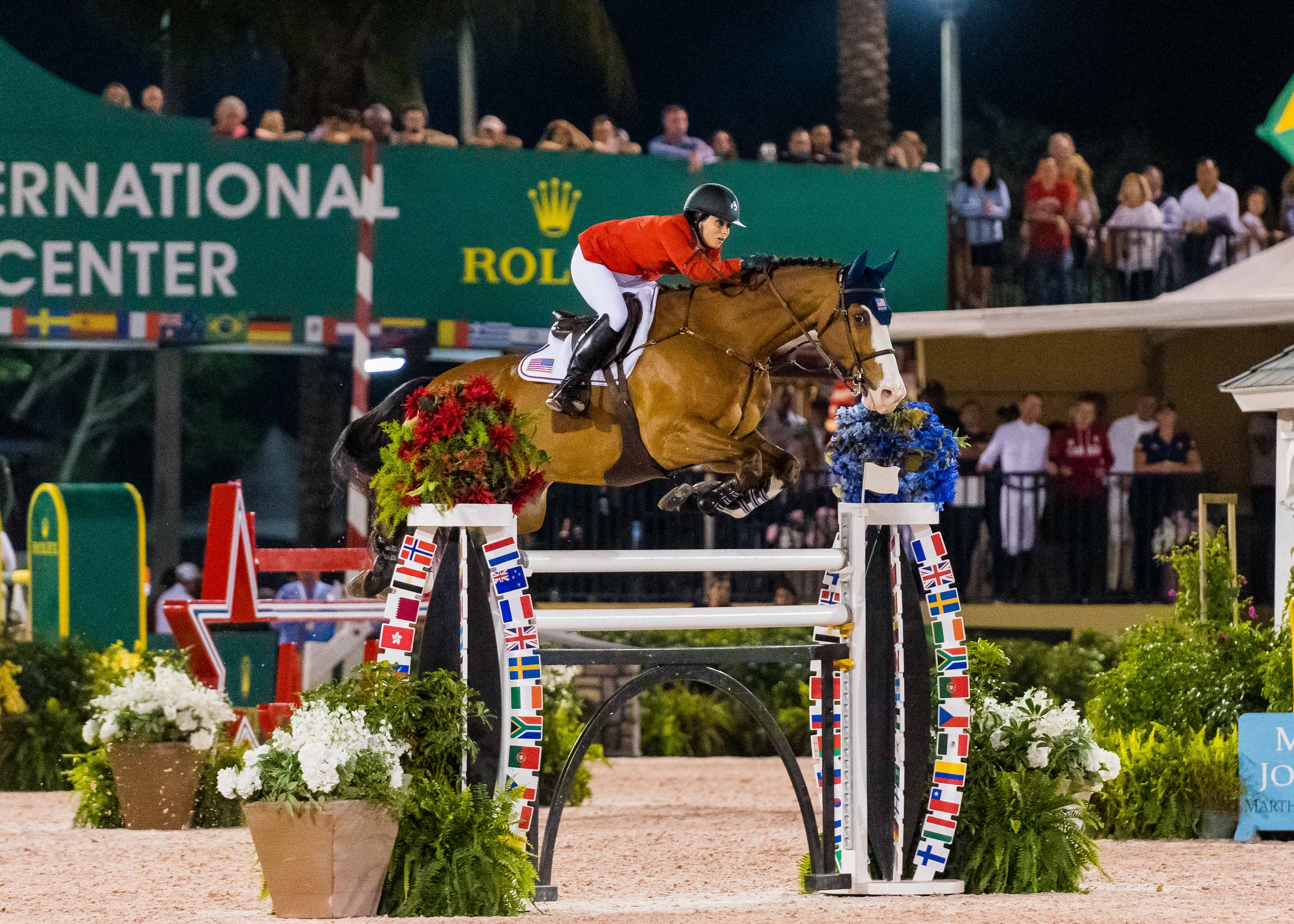
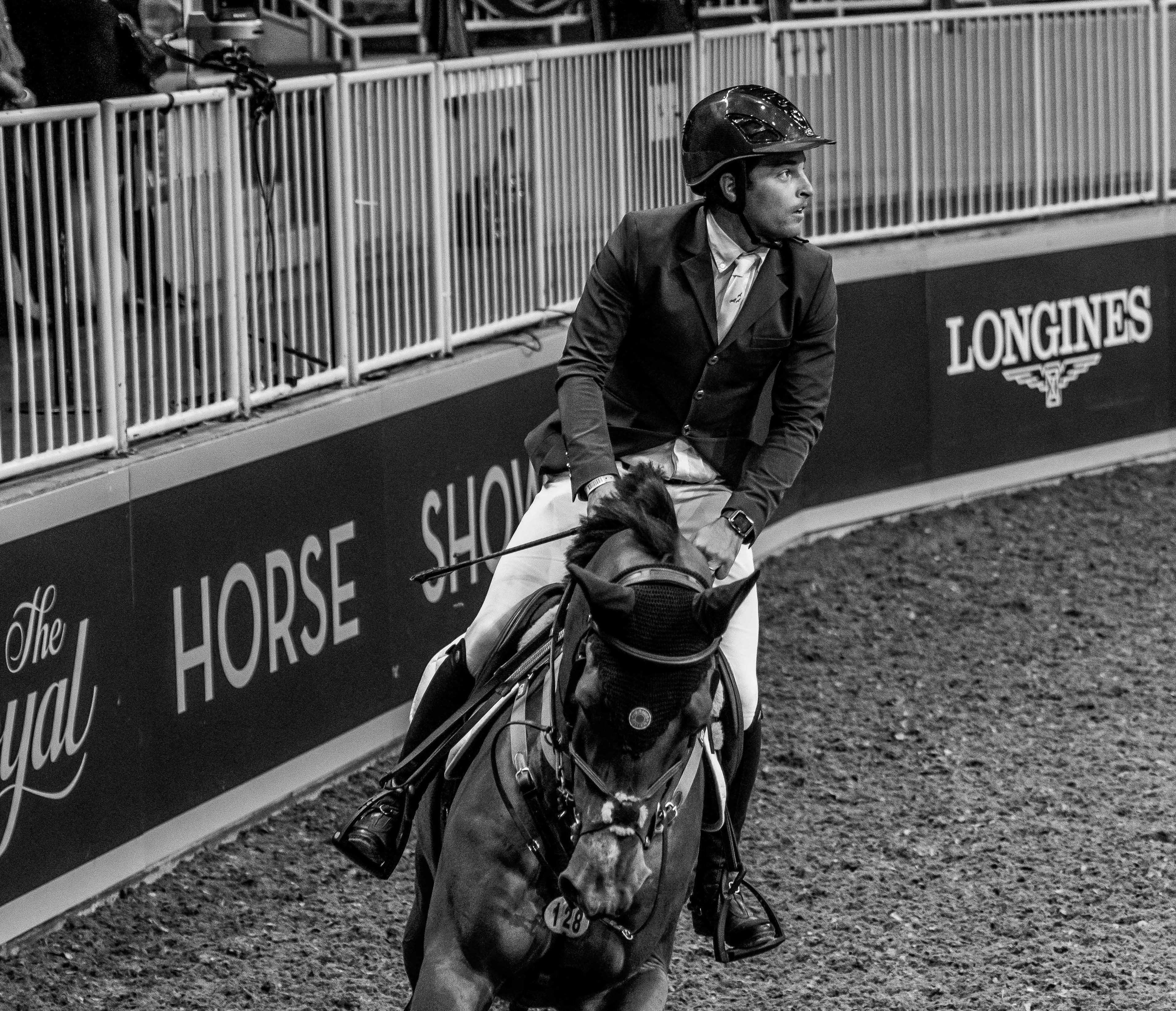
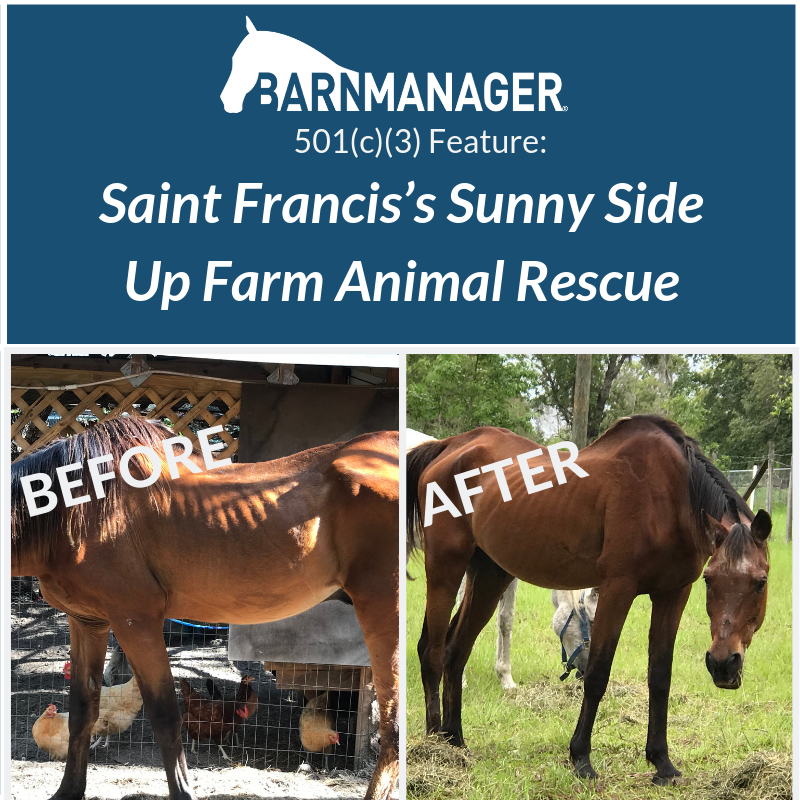
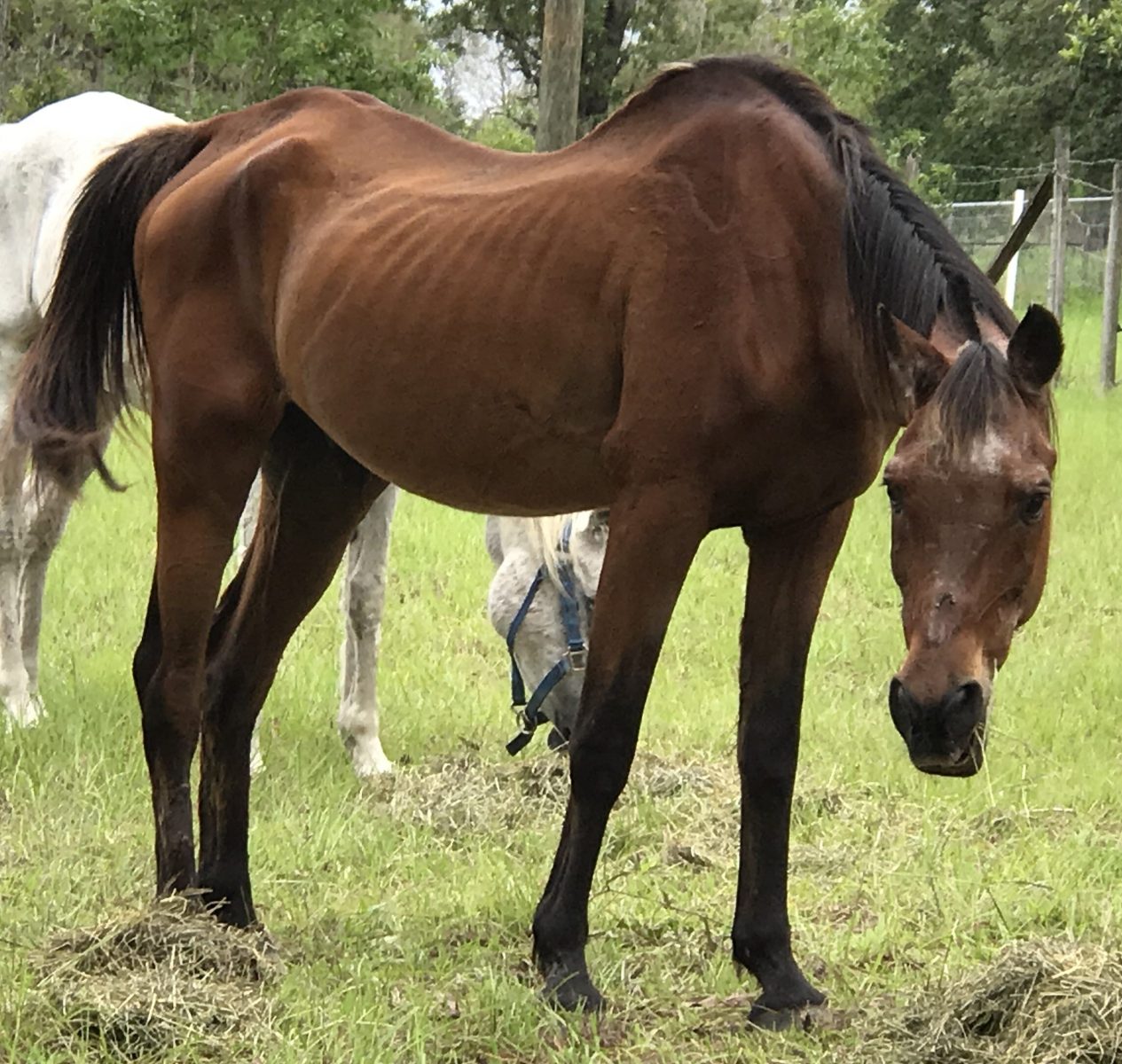
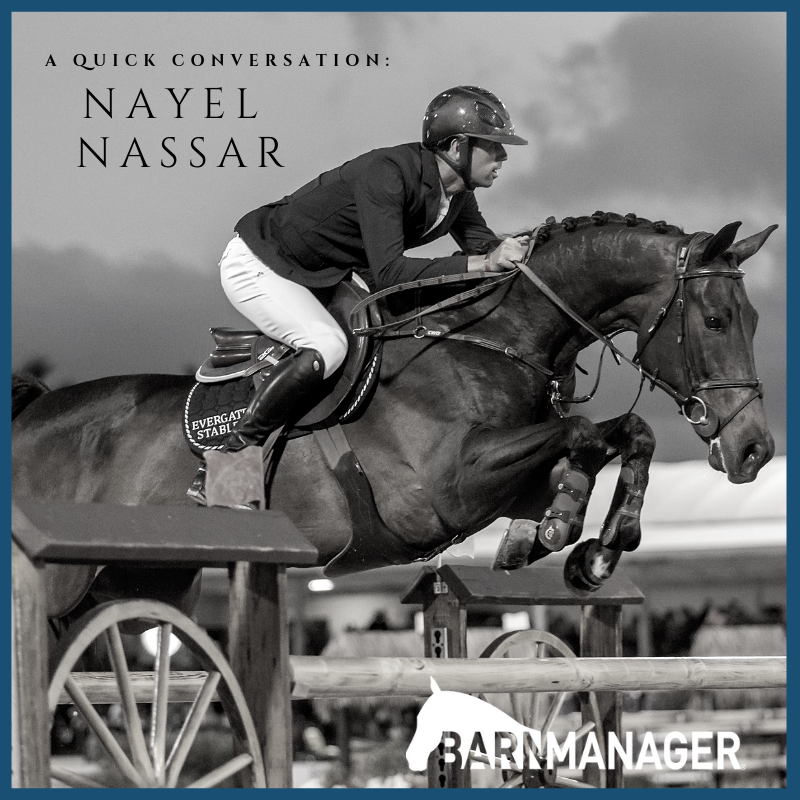
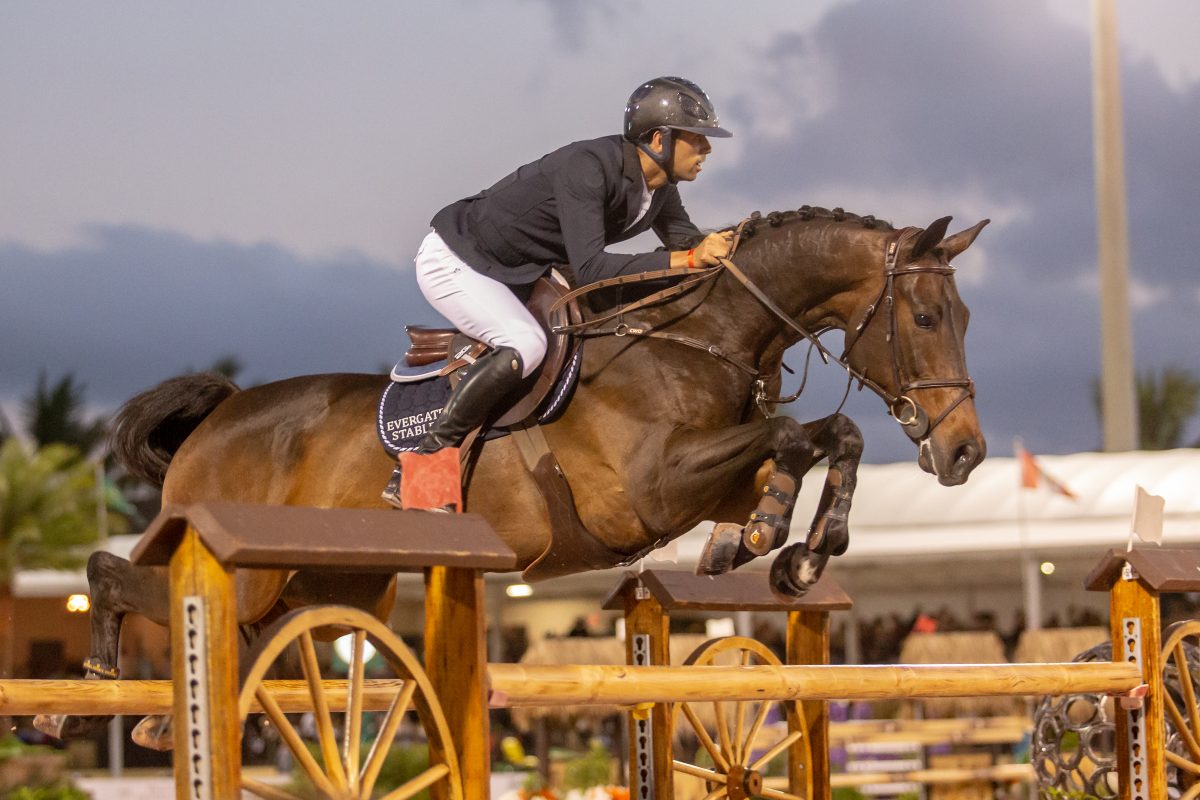 All of the [HITS] Millions are very special. Each one was different in its own way.
All of the [HITS] Millions are very special. Each one was different in its own way.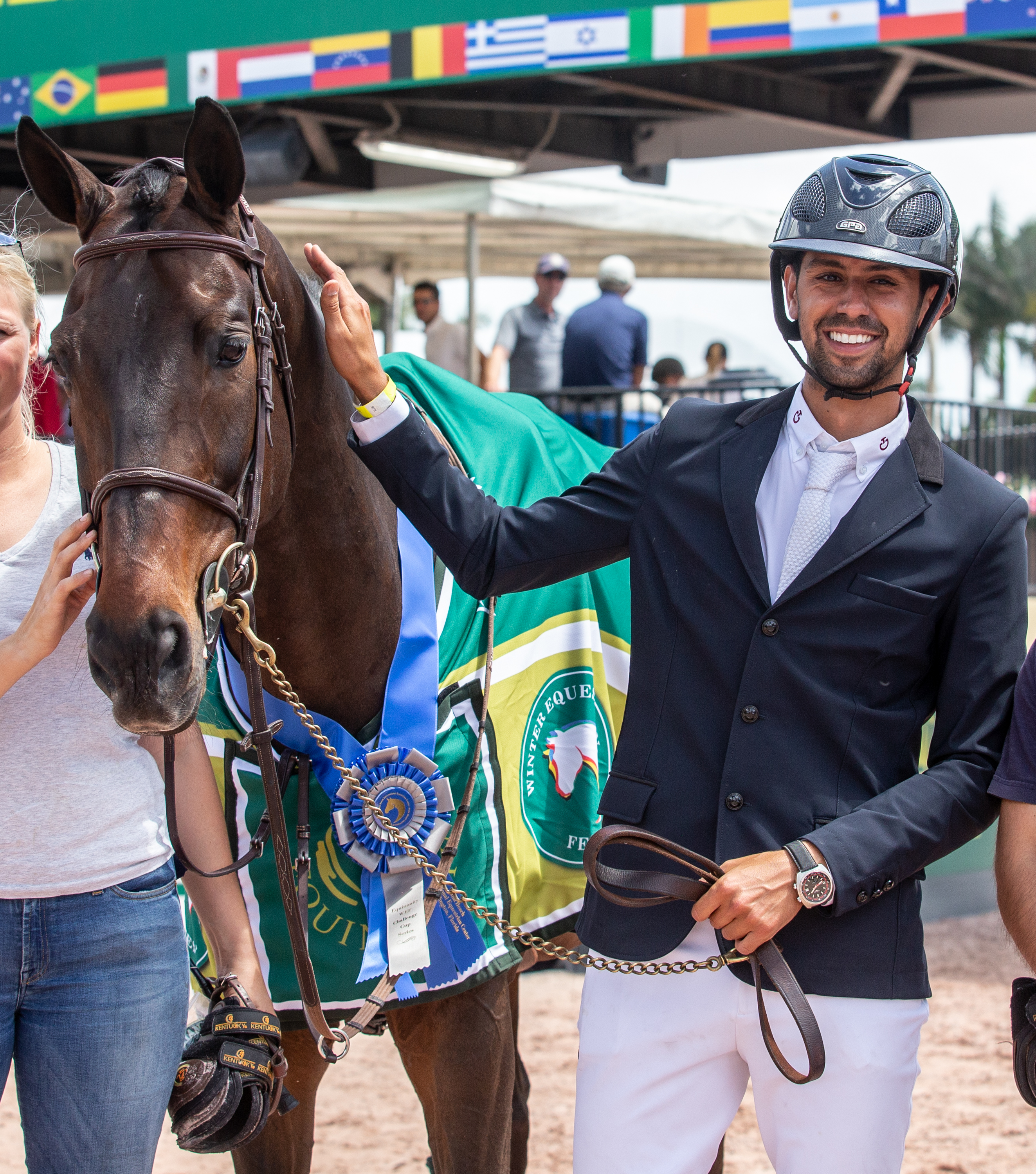 I’m up usually between 7 and 7:30 a.m. I might try to be on my first horse between 8 and 8:30 a.m. I flat or jump depending on what the horses need. I’m basically at the barn all day and doing whatever needs to get done in the afternoon, whether it’s a lighter trail ride or helping around the barn or whatever. Once the weekend comes around, we’re usually at a show, so it’s usually just trying to enjoy the down time when we’re at home and letting the horses be free in the paddocks a little bit.
I’m up usually between 7 and 7:30 a.m. I might try to be on my first horse between 8 and 8:30 a.m. I flat or jump depending on what the horses need. I’m basically at the barn all day and doing whatever needs to get done in the afternoon, whether it’s a lighter trail ride or helping around the barn or whatever. Once the weekend comes around, we’re usually at a show, so it’s usually just trying to enjoy the down time when we’re at home and letting the horses be free in the paddocks a little bit.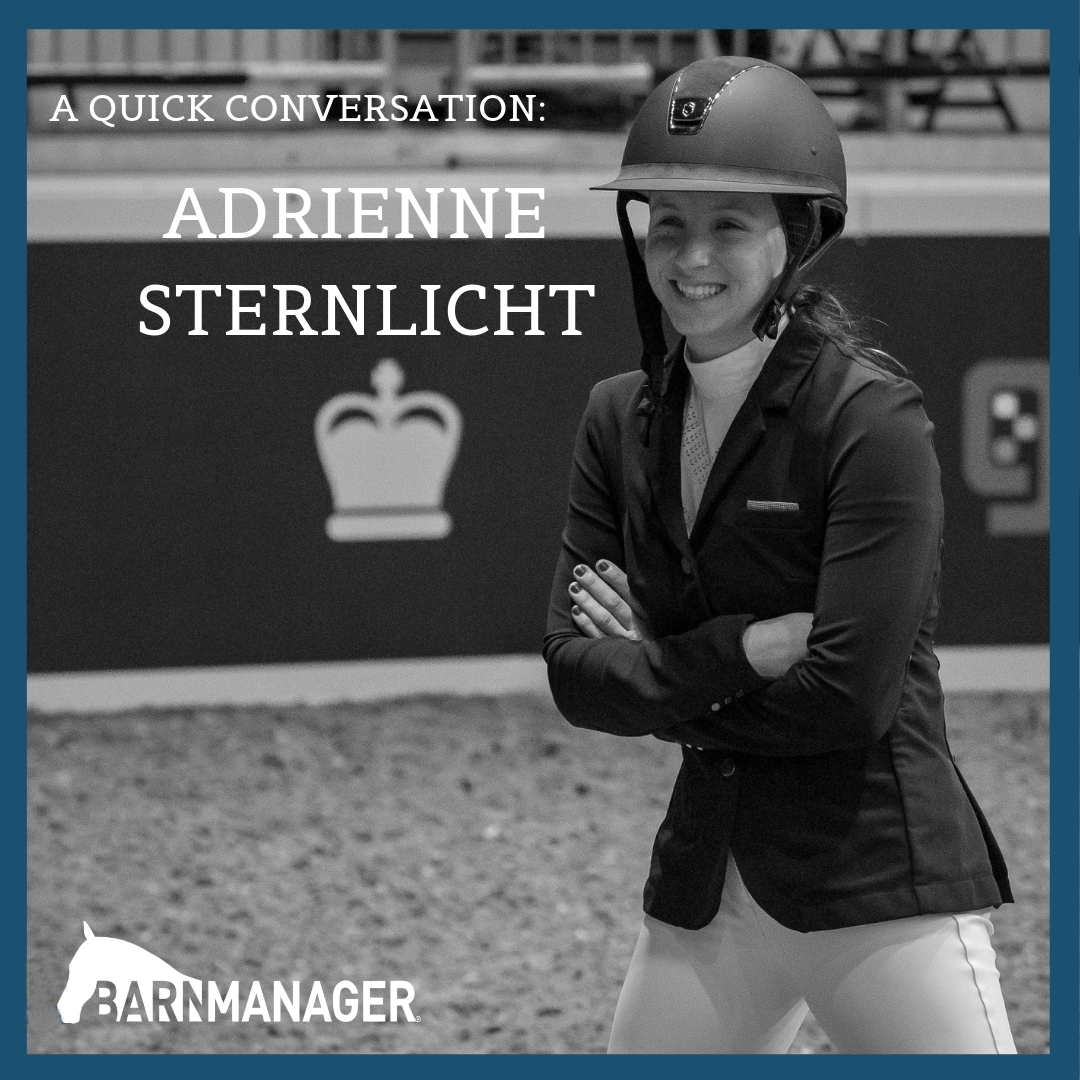
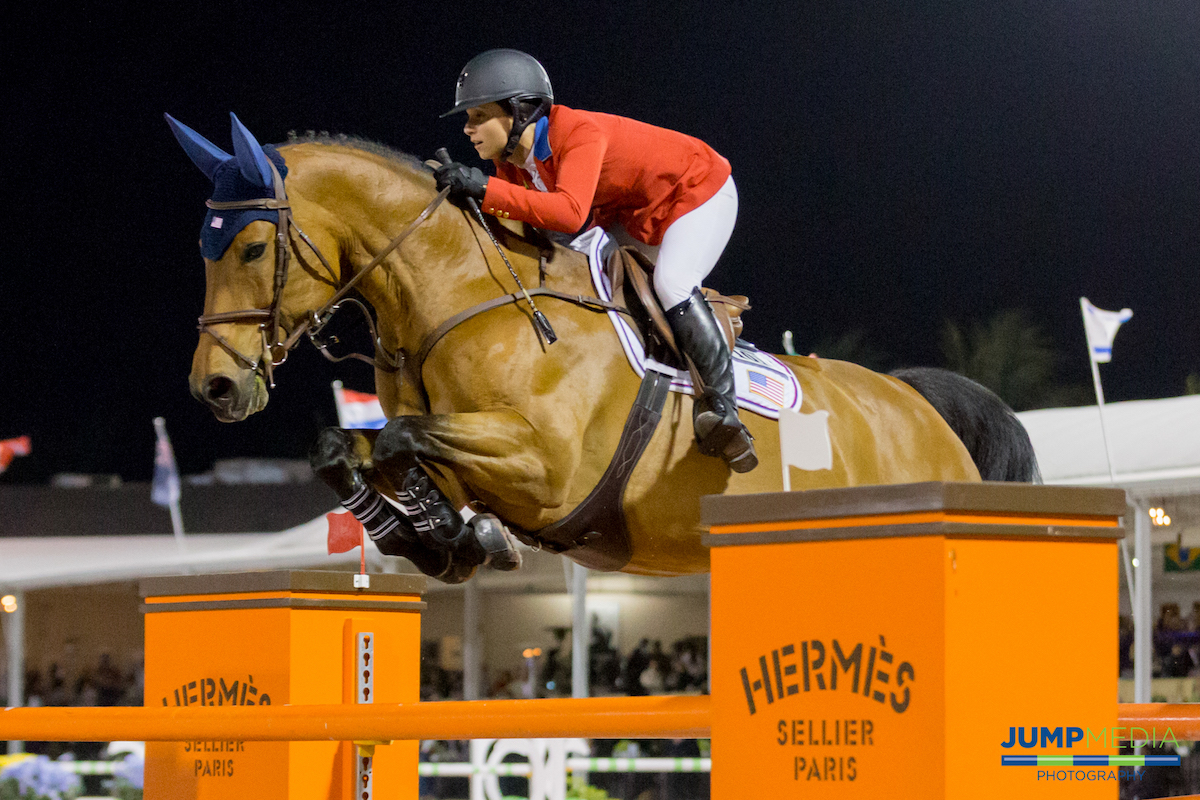
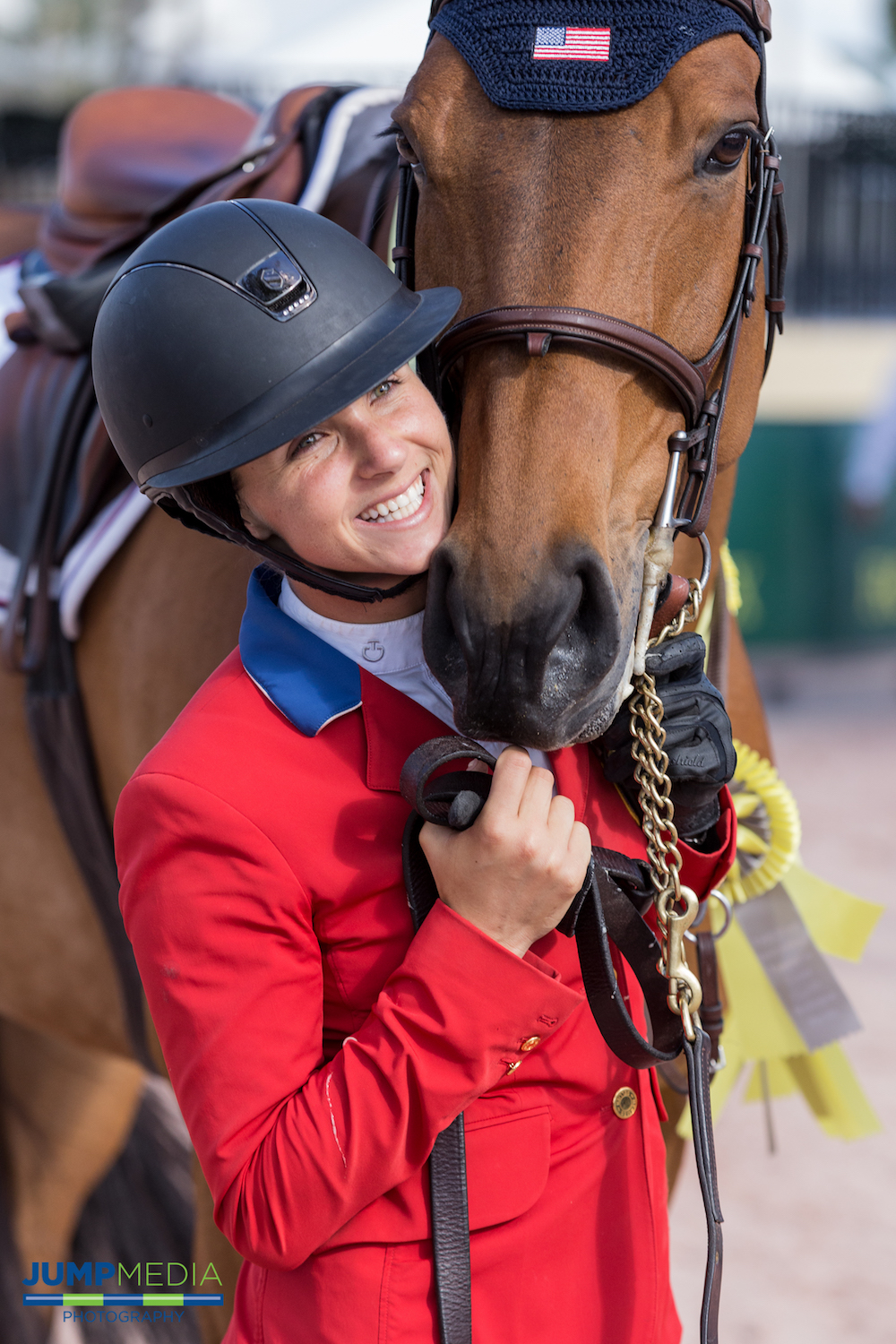 Probably my favorite memory personally was the Sunday of WEG for the individual final. I was the most relaxed that I think I’ve ever been to jump. It just was such a surreal experience being able to share that moment with my horse.
Probably my favorite memory personally was the Sunday of WEG for the individual final. I was the most relaxed that I think I’ve ever been to jump. It just was such a surreal experience being able to share that moment with my horse.